Recent research by Compare the Market has highlighted a widening wealth gap between property buyers pre and post-pandemic. Australians purchasing homes at the market peak might face a monthly shortfall of $671 compared to those who entered the market just three years earlier.
For instance, a Sydney homeowner who bought a house at the median price of $1,127,723 in April 2022, locked in at a 2.2% fixed rate, could potentially see minimum monthly repayments increase by $2,247 when their rate expires next year. In contrast, someone purchasing a home for the median price of $780,672 three years earlier might have experienced a more modest rise in repayments, $671 lower than those buying at the peak.
The stark difference in repayments between the April 2022 peak and the April 2019 dip reflects a significant burden on younger borrowers, who might not have had ample time to accumulate savings. David ‘Kochie’ Koch, Compare the Market’s Economic Director, noted the challenge faced by these younger borrowers, emphasising that policy-makers should consider a more equitable distribution of pressure caused by these market dynamics.
Koch also suggested that those facing higher repayments explore refinancing options. Presently, there’s a 0.85% difference between the highest and lowest advertised rates in the market, potentially enabling homeowners with a $750,000 loan to save up to $414 monthly through a switch.
In light of the financial strain faced by many, Koch urged individuals experiencing mortgage pressure to seek out better deals, emphasising the significance of each saved dollar in the current economic climate.
Kochie’s plea for policymakers to address the unequal burdens stemming from current market dynamics draws attention to the notable contrast between today’s housing challenges and the comparatively favorable conditions experienced by baby boomers.
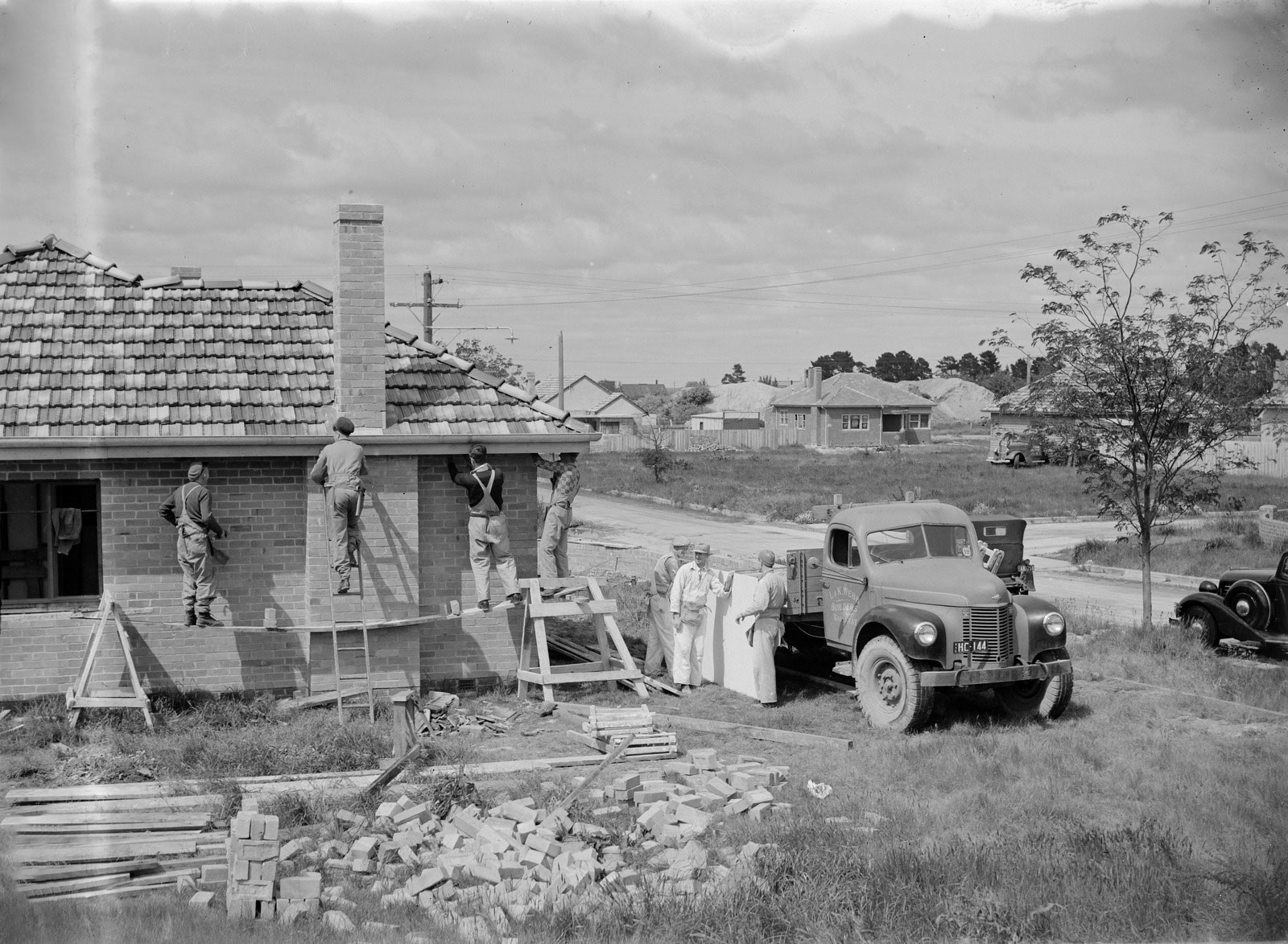
The discrepancy in today’s housing market, where post-pandemic buyers face a $671 monthly shortfall compared to pre-peak purchasers, sharply contrasts with the more favorable conditions experienced by baby boomers entering the Australian housing market in the 1960s and 1970s. During that era, median home prices were notably lower, averaging around $20,000 to $30,000, while median household incomes ranged from approximately $8,500 to $10,000 annually. Homes were relatively more affordable, typically costing two to three times the annual household income. This stark generational discrepancy underscores the challenges faced by today’s buyers, where housing costs have significantly outpaced income growth, presenting a far more demanding landscape for achieving homeownership.
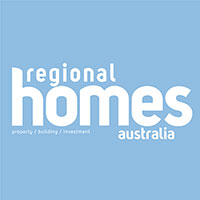
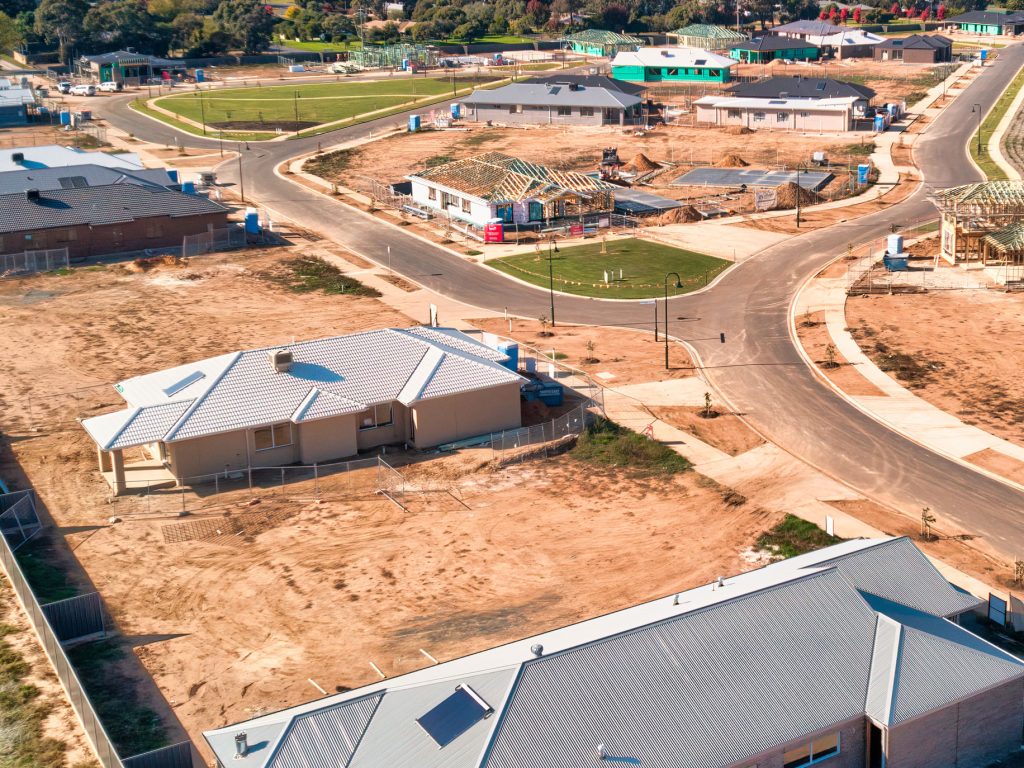
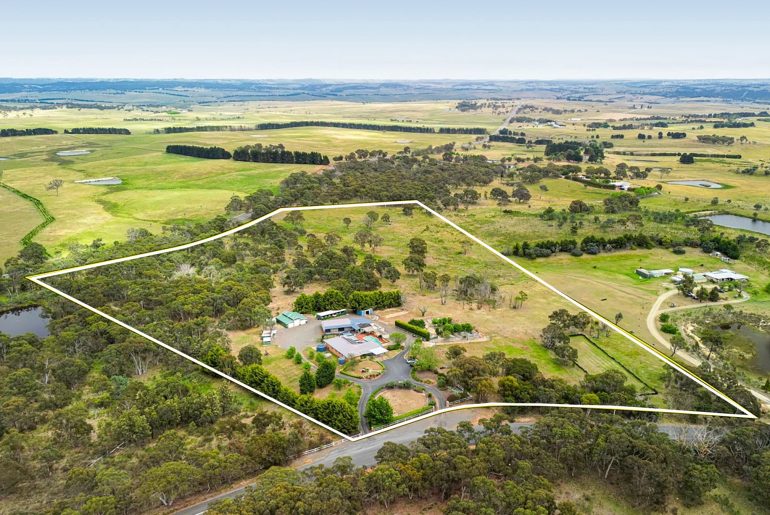

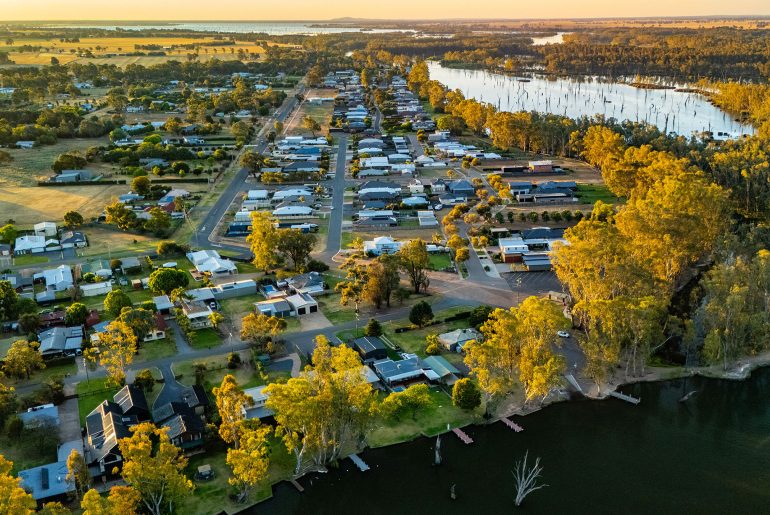
Comments are closed.